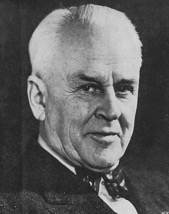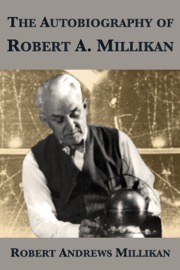
From 1921 to 1945, Millikan led the California Institute of Technology (Caltech) as director of the Norman Bridge Laboratory of Physics and chairman of the Executive Council — essentially as president, though he declined to use that title. Millikan believed that the modern world was basically a scientific invention, that science was the mainspring of the twentieth century, and that America’s future rested on promoting basic science and its applications.
His determination of the charge on the electron by the oil drop method and his verification of Einstein’s photoelectric equations — for which Millikan won the Nobel Prize in physics in 1923, the first awarded to a native-born American — together with his work on the numerical determination of Planck’s constant at the beginning of the 20th century secured Millikan’s place in the scientific community as a rigorous experimentalist aiming for higher and higher precision. In later years, he also studied cosmic rays, a term he coined.
The son of a Congregationalist minister, Millikan spoke and published frequently on the relationship between science and religion. Politically, Millikan was a Midwestern Republican and a fiscal conservative — he was against pro-union New Deal legislation, against federal funding of education and research except for military ends and anything that smacked of big government. Millikan was also widely known as the author, with Henry Gordon Gale, of a series of textbooks that were the mainstay of physics courses in the first half of the twentieth century. Several generations of Americans literally learned their physics from Millikan.
Click on the cover for details about the eBook:




